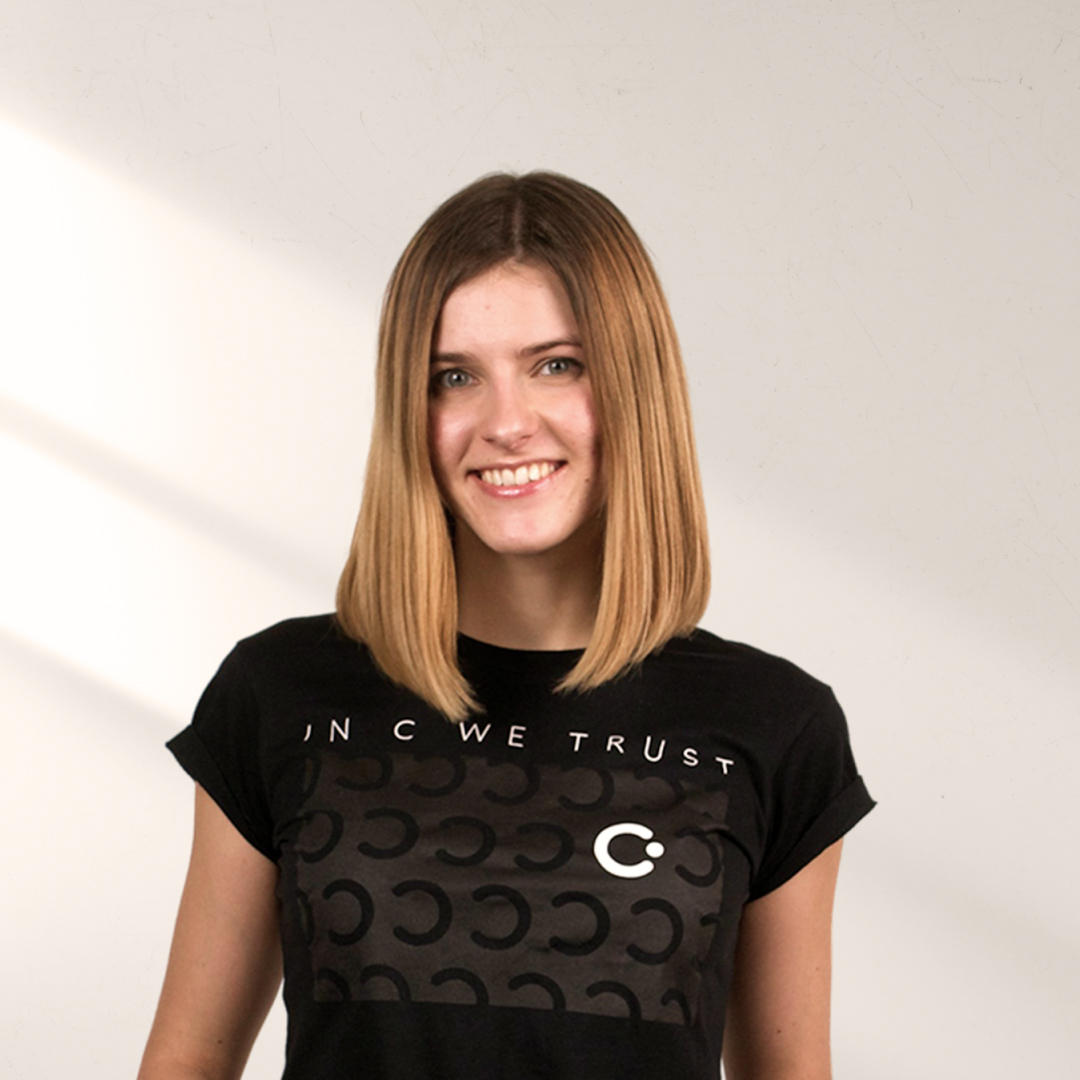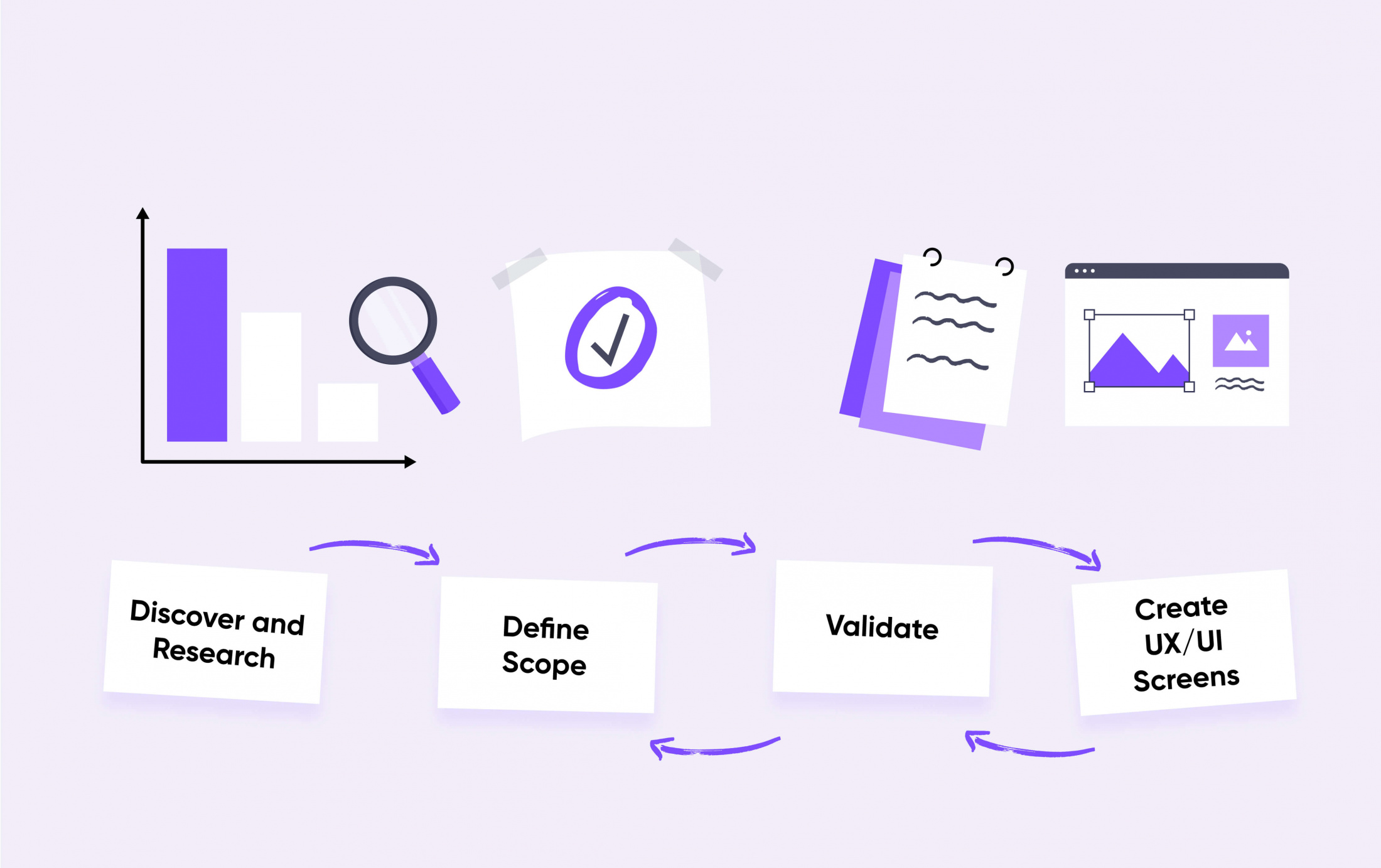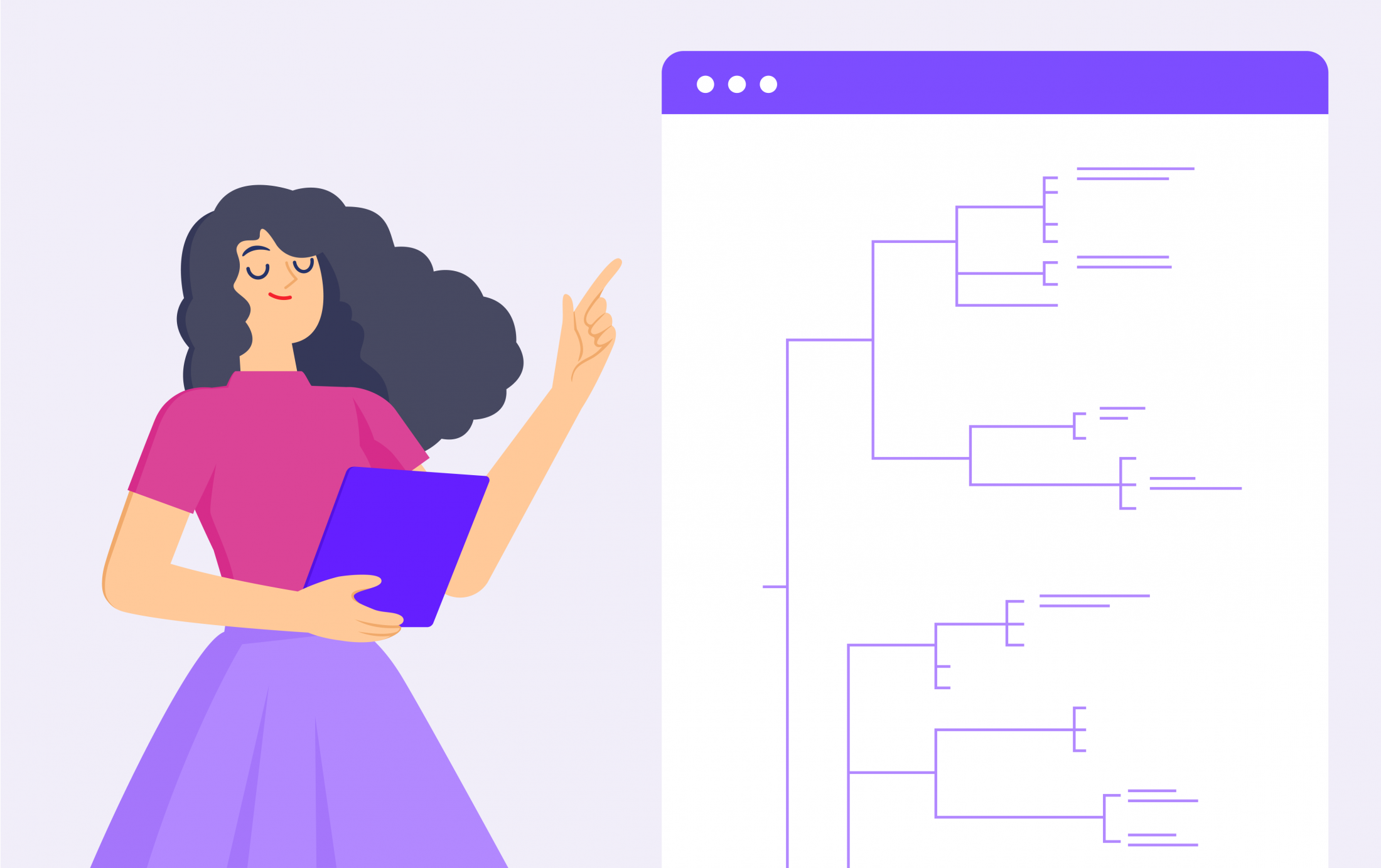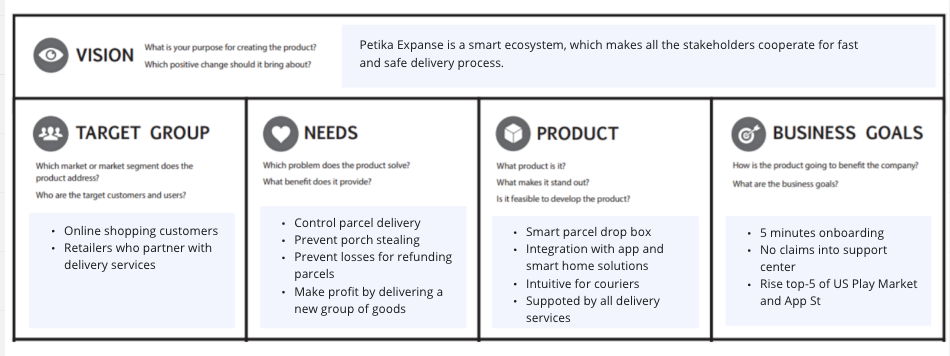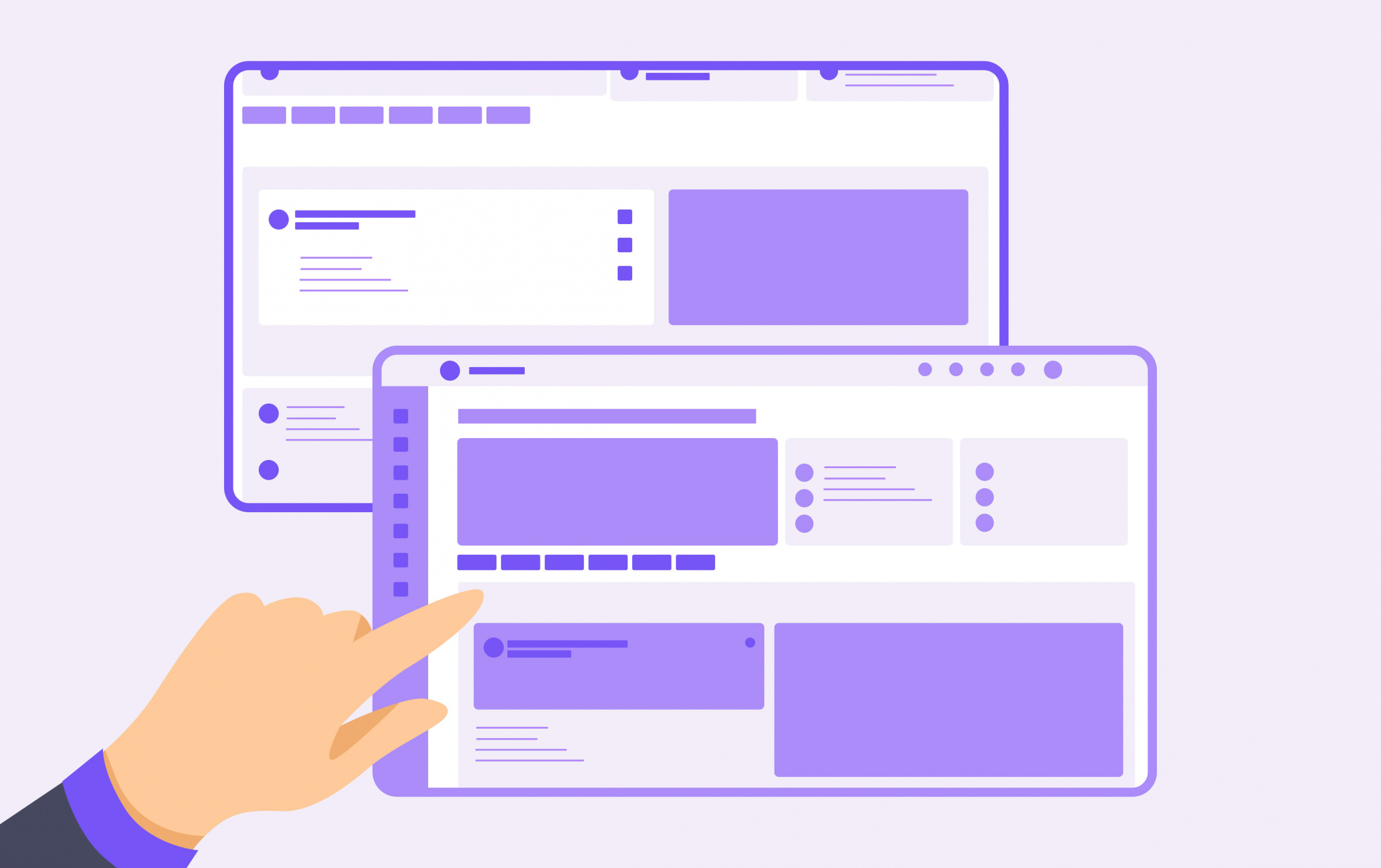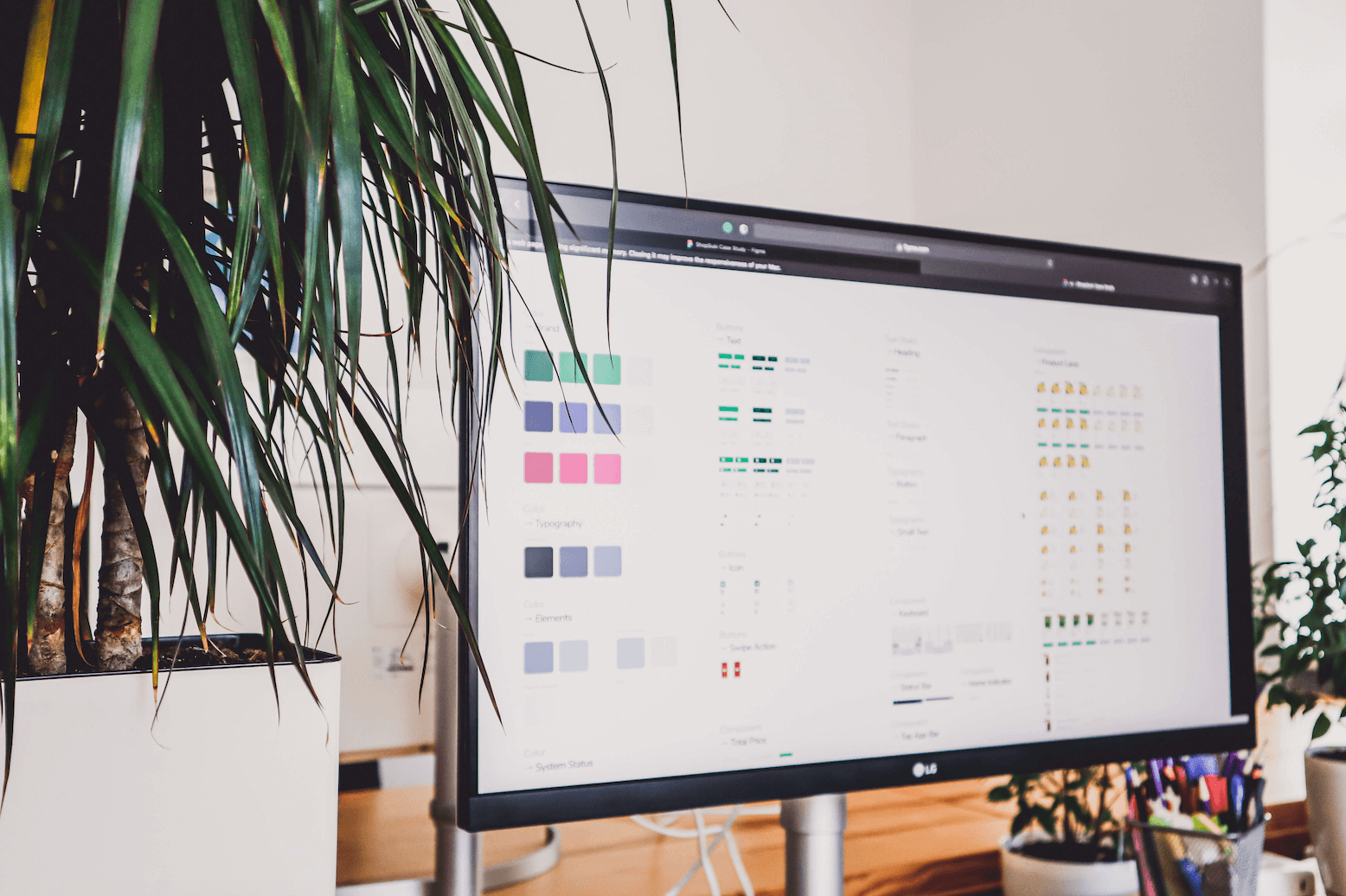It is common knowledge that millions of ideas appear every minute throughout the world. The same innovation may even come to multiple people simultaneously. So when you're blessed with a good product idea, you would likely need a product team to implement it. Because user experience is one of the most critical aspects of your product success, it is important to have expert professionals on board, and Cieden can help you with that.
If your product team is struggling to define requirements and create a clear understanding of the final product, here is when the BA role comes into play.
This article will describe the importance of the Business Analyst role during the design process within a product design agency.
